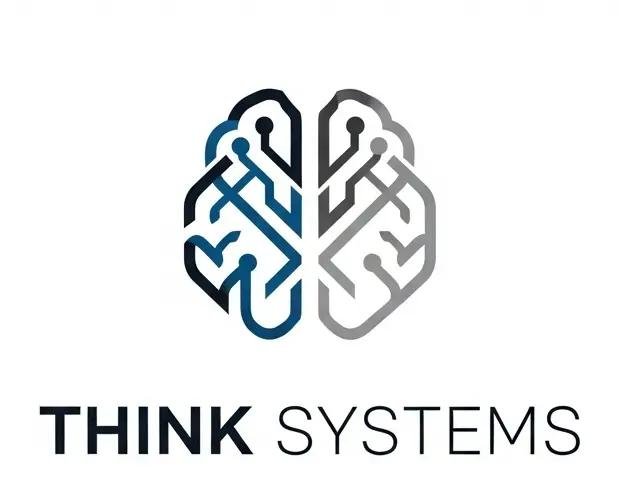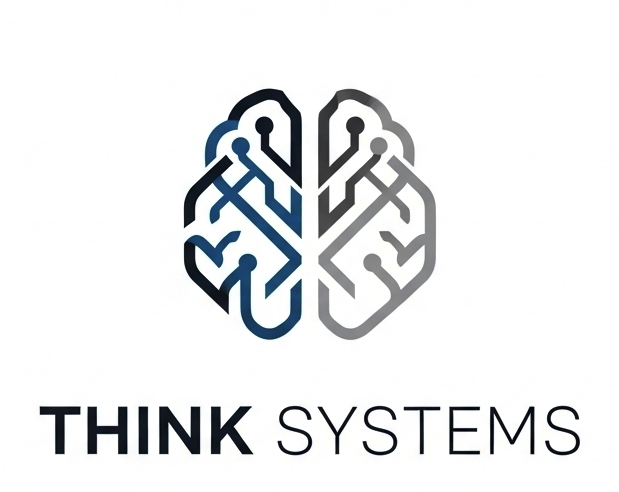Driving Predictable Delivery at TigerConnect: A Think Systems Success Story
While working at a prior consulting firm, our founder, Joshua King, stepped into a classic triangle of misalignment at TigerConnect.
Leadership was frustrated—projects weren’t moving fast enough. Teams were equally frustrated—they said they didn’t have the information they needed. Product Owners? They felt like they were doing everything but writing the code themselves.
Clearly, something was broken.
Diagnosing the Delivery Disconnect
My first step was to dig into the data and observe the delivery system in action. What we found was telling: work was being planned, but not finished. Stories were showing up sprint after sprint—many of them had cycled through four or more sprints without reaching “done.”
It wasn’t that the teams weren’t working. Quite the opposite—they were delivering at a steady clip and maintaining quality. But what they were delivering wasn’t aligned with the strategic goals of the business.
Cycle time metrics confirmed the pattern:
O&U Team: 1 week, 19 hours average cycle time
M&PE Team: A sluggish 7 weeks, 1 day
And the Cumulative Flow Diagrams (CFDs) told the rest of the story: work wasn’t flowing. Sprints had become checkboxes rather than meaningful planning increments. Velocity existed—but predictability was missing.
Rebuilding on Predictability
In conversations with leadership, we proposed a simple but powerful shift in focus: prioritize predictability over speed.
Joshua explained predictability would give leaders confidence that teams could deliver on strategic goals. It would also empower teams to own their commitments and build trust. The CIO raised a valid concern: “Won’t this hurt our velocity?”
His answer: not if we do it right.
Actions Taken
We started with two practical changes:
Planning Based on Capacity
We stopped overcommitting. No more planning sprints with 2–3x the team’s actual velocity.
Discouraging Mid-Sprint Add-Ons
Teams were made aware that predictability was the goal. Every story added mid-sprint reduced their predictability score. That insight was key in changing behavior.
We set clear, measurable targets:
80% predictability
<10% unplanned work
Alongside the teams, we worked with Product Owners to sharpen their sprint goals. We reviewed every planned story and asked, “How does this help achieve your QDP goals?” If it didn’t, it was left out.
We also tackled cultural friction head-on:
Created Team Charters
Defined clear Definitions of Ready (DoR) and Done (DoD)
These agreements brought clarity to roles and expectations on both sides of the conversation.
The Results: Real, Measurable Progress
After six sprints, the results spoke for themselves—even with major disruptions like a team merge and roster changes:
M&PE Team
Predictability: 59% → 75%
Velocity: 68.4 → 73
Unplanned Work: 9% → 24% (spike due to transition)
Cycle Time: 7w 1d → 1w 1d
O&U Team
Predictability: 50% → 57%
Velocity: 49.5 → 41 (expected as planning normalized)
Unplanned Work: 23% → 39% (linked to staffing shifts)
Cycle Time: 1w 19h → 6 days
More importantly, the Cumulative Flow Diagrams started to show what success looks like: fewer bottlenecks, lower Work in Process (WIP), and smoother flow of work across each sprint.
Beyond the Numbers
The human impact was equally important. Team morale improved. Conversations became more strategic. Product Owners saw more of their Q1 deliverables completed than in any previous quarter.
And for Q2? We kept building. we partnered with Product Owners to create realistic, achievable roadmaps that aligned with both team capacity and business goals.
Key Takeaway:
When teams shift from overcommitting and chasing velocity to delivering with predictability, everyone wins—leadership, product, and delivery alike. At TigerDirect, this work didn’t just improve the metrics, we rebuilt trust, clarity, and momentum.
The experience and insights Joshua gained during this engagement directly inform the way Think Systems helps medium-sized organizations achieve predictability, trust, and sustainable delivery today.

